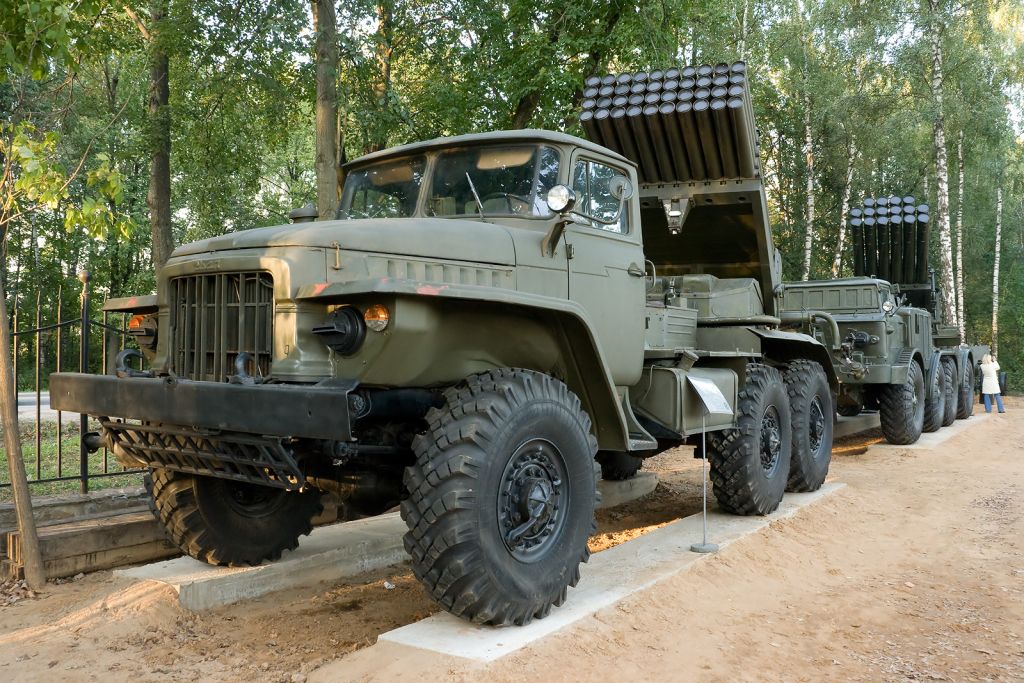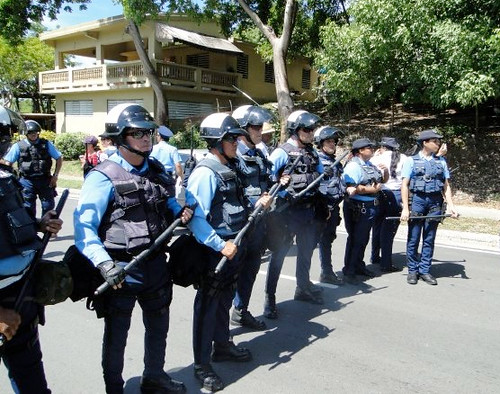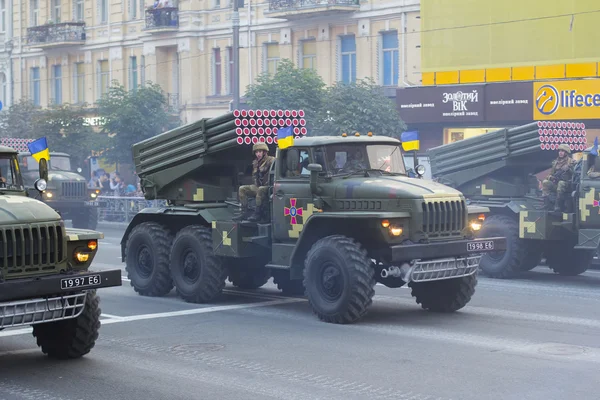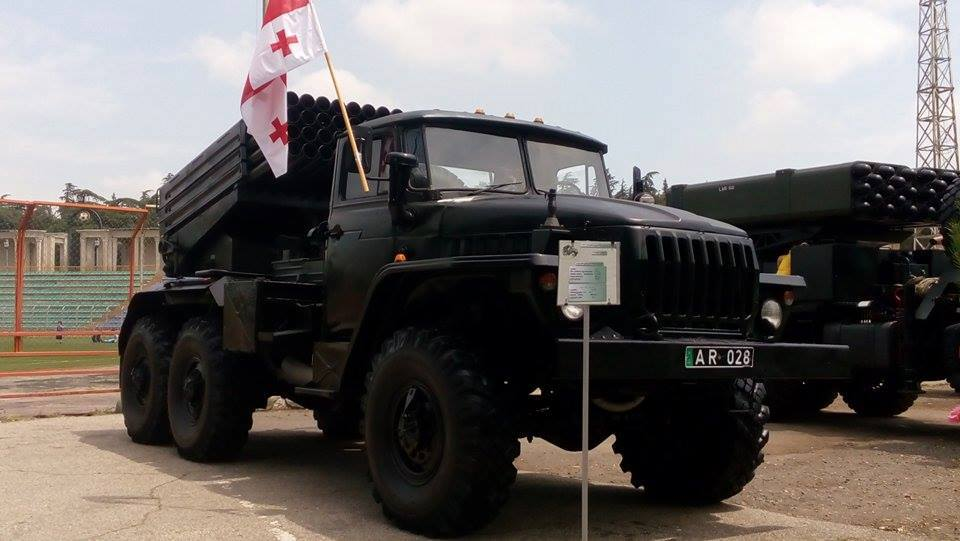
A $1,000 drone just took out a decades-old pillar of Russian artillery. A video that emerged on October 22, 2025, from Ukraine’s 5th Separate Assault Brigade showed a BM-21 Grad multiple launch rocket system destroyed in one hit. The Cold War-era stalwart Grad was still considered the backbone of Russian rocket artillery when it took a precision hit that ignited its loaded tubes and erupted in a fireball.

But it was more than just a battlefield highlight-it epitomized an accelerating turn in modern warfare in which low-cost unmanned systems take apart high-value, expensive assets. Here are seven important things this strike has revealed about modern combat-from the reports on the front lines to the wide trends in drone warfare.

1. Anti-Drone Armor Failed to Save the Grad
The wrecked BM-21 had an anti-drone cage over its rocket tubes-one of the defensive features proliferating on Russian vehicles. The Ukrainian drone breached that to hit the cab and sympathetically detonate all of the loaded rockets. United24 cited the brigade’s report, “Accurate work by our pilots: the Grad has been destroyed.” That testifies that improvised overhead armor-akin to cope cages-shows relatively limited robustness under precision FPV drone strikes, especially when ordnance is prepared for firing.

2. Battlefield Vulnerability of BM-21 Grad
Commissioned in 1963, the BM-21 remains a staple of Russian artillery, but its profile and static firing attitude also make it an easy target. As United24 noted, Ukraine’s expanding drone fleet has increasingly been called upon to hunt mobile launchers before they fire. That is in keeping with the lessons from other theatres where exposed rocket artillery has taken heavy losses from aerial reconnaissance and strike drones, revealing a critical weakness of most legacy systems without integrated counter-UAV measures.

3. Drone Strike Precision and Explosive Aftermath
A video of the October 22nd strike shows just how one drone hit cascaded into a huge explosion detonating every rocket tube. That strike was significant because it came when the Grad was deployed and ready to fire, adding to the blast effect of such a strike. The engagement was watched by reconnaissance drones in an effort to adjust the strike for maximum impact. Here, the result was the total destruction of the launcher – a very clear example of how precision targeting combined with situational awareness can neutralize assets in seconds.

4. Whispers of Past BM-21 Losses
This was not Ukraine’s first BM-21 kill. Another Grad annihilation was published this July 2025 by Major Robert Brovdi’s 414th Strike UAV Brigade, the ‘Birds of Magyar, ‘. In that case, the drone strike had destroyed the launcher instantly. It would appear these tactics are repeatable. That would suggest the Ukrainians have been running a rather long-term campaign of attriting the Russian rocket artillery via targeted drone operations to reduce their capacity for massed fire.

5. The Economics of Asymmetric Destruction
The destruction of the BM-21 depicts economic asymmetry in modern warfare. As it was described in FPV drones costing $400 – $5,000 that have destroyed tanks worth millions, the same principle applies with rocket artillery: cheap drones bypass traditional air defense economics, forcing adversaries to expend expensive interceptors or accept losses. This cost imbalance thus forces militaries to rethink how they deploy assets and invest in scalable counter-drone solutions.

6 Lessons from Anti-Drone Armor Development
The cage on the BM-21 reflects a push in the U.S. Army for passive Top Attack Protection systems to help protect vehicles from overhead threats. Recent program documents for TAP noted that cope cages and ERA tiles offer partial mitigation but cannot fully counter precision drone strikes. The loss of the Grad reinforces that armor needs integration with active protection and electronic countermeasures if it is going to survive in a drone-saturated environment.

7. Strategic Impact on Russian Artillery Doctrine
Repeated losses of BM-21s to drones may finally compel Russia to reconsider artillery doctrine by reducing forward deployments, enhancing mobility, or even investing in counter-UAV assets. Strike number 22 near Andriyivka, geolocated by OSINT analyst ‘Moklasen,’ fell inside contested Donetsk territory – a key Russian objective. Losses of artillery such as this not only decrease fire support but also blunt the operational momentum which gives tactical breathing space for Ukrainian forces. October 22 destruction of the BM-21 Grad is more than a single tactical gain; it is a case study in how cheap and precise drones rewrite the rules on artillery warfare.

Those systems-even with the addition of armor-are proving vulnerable against adaptive unmanned threats. One key implication of this is that, from the military planner or analyst perspective, survivability no longer rests on firepower but rather on integrated protection, mobility, and counterdrone capability.


